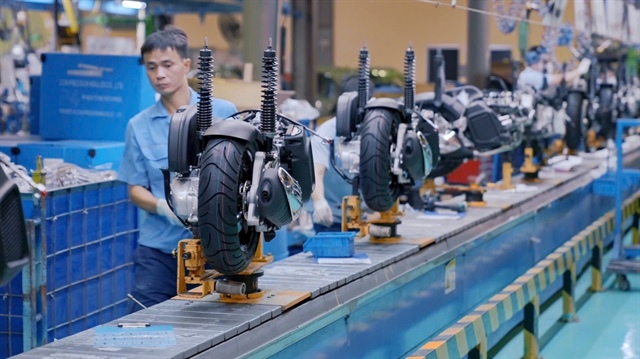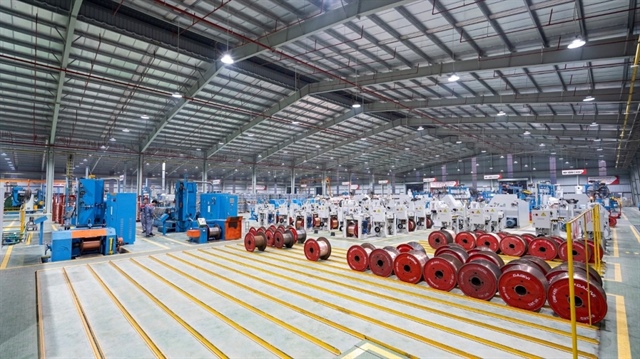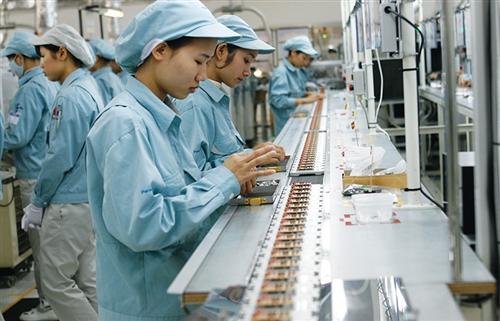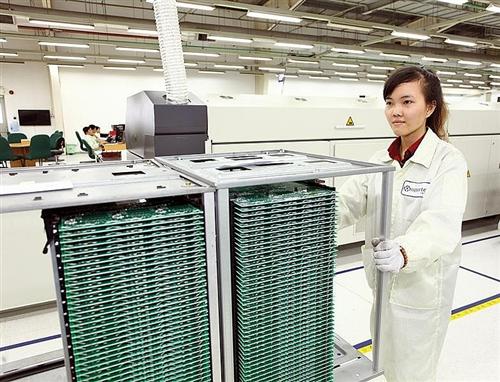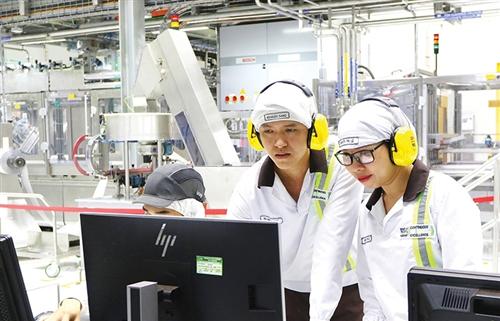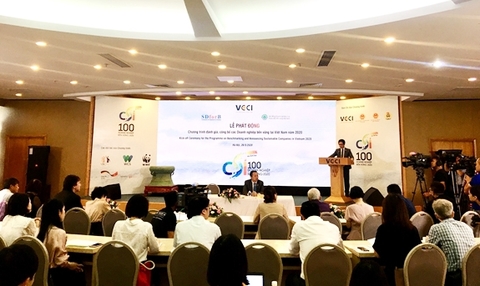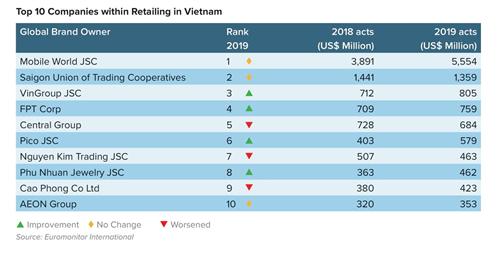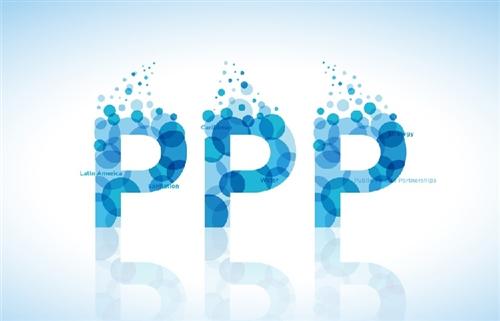EVFTA blessings within arm’s reach
EVFTA blessings within arm’s reach
The legislature has been scrutinising a plan to adopt the EU-Vietnam Free Trade Agreement in early June, marking a milestone in the process of translating the deal into reality. Minister of Industry and Trade Tran Tuan Anh talked with VIR’s Huong Thu about how the deal will impact Vietnam’s trade and investment outlook and what needs to be done for implementation.

Minister of Industry and Trade Tran Tuan Anh
|
How is the EU-Vietnam Free Trade Agreement (EVFTA) expected to spur production and exports as Vietnam tries to move on from the coronavirus?
The pandemic has represented unprecedented disruption to the global economy and world trade, as production and consumption seriously slowed down across the globe, including in Vietnam. Many economists anticipated that we cannot reach the set economic goals. Amidst this context, the EVFTA is expected to offset the decline of the economy during the pandemic while diversifying the exporting markets for businesses to recover growth momentum after the crisis.
In the EU market, domestic businesses have coped with drastic competition from other large-scale economies, particularly China. Vietnam’s goods are usually 10-20 per cent higher in price than that of other countries, so the market share is quite small.
Meanwhile, the EU is the world’s second-largest importing market with around $2.3 trillion in import turnover.
Vietnam’s export market share captures only 2 per cent of the EU market, over 42 per cent of which benefits from a zero tax rate in accordance with the Generalised System of Preferences.
Thus, the EVFTA is expected to be a good chance for Vietnam to strengthen exporting, especially for textiles and garments, footwear, fishery products, wood and furniture, thanks to advantages of tax. Export turnover from Vietnam to EU is forecast to increase by 20 per cent in 2020, 42.7 per cent by 2025, and 44.37 per cent by 2030.
Meanwhile, import values from the EU will rise with a lower rate of 15.28 per cent by 2020, 33 per cent by 2025, and 36.7 per cent by 2030. With tariffs steadily reducing to zero, the agreement will help Vietnam better exploit this $18-trillion market. While local businesses have a chance to import goods and materials with good price and quality from the EU, they also have motivation to enhance their competitiveness.
Notably, the agreement will be an element to attract more foreign direct investment into Vietnam in the fields of services, finance, automobiles, manufacturing, processing, and IT.
Which sectors will benefit most from the EVFTA?
According to the Ministry of Planning and Investment, the EVFTA will increase Vietnam’s GDP from 2.18 to 3.25 per cent for the first period of the agreement, 4.57-5.3 per cent for the next five years, and 7.07-7.72 per cent for the next period of five years.
Of all sectors, agro-forestry-fishery products will benefit most from the agreement with a bigger market. For example, the market for rice will increase by 65 per cent by 2025, sugar by 8 per cent, pork by 4 per cent, wood products by 3 per cent, cattle and poultry meat by 4 per cent, drinks and tobacco by 5 per cent, and fishery products by 2 per cent over the next decade.
Next is processing and manufacturing. The export value of textile and garment products into the EU is expected to increase by 67 per cent by 2025, while its volume will rise by 6 per cent for textiles and 14 per cent for garments by 2030. The agreement will also double footwear products into the EU market by 2025 with the whole sector’s quantity enhancing by 31.8 per cent.
The EVFTA will additionally create pressures of competition to some sectors like the pharmaceutical industry. EU medicines will more easily enter Vietnam, and intellectual property protection will be strengthened, reducing the prices of some medicines. Drastic competition will be created in providing medicines into local hospitals, especially for brand-name drugs and specialised drugs that Vietnam cannot produce.
The agreement will liberalise services such as finance, banking, and insurance in Vietnam, and create numerous chances to collaborate with EU businesses. By 2025, exporting of finance and insurance services will increase by around 21 per cent, while its imports will grow by 9.65 per cent. However, pressure and competition is going to be harder.
Meanwhile, logistics in Vietnam could develop significantly with the presence of some EU businesses to improve the scale and quality of the sector, contributing to meeting the demands of socio-economic development of the country in the time to come
How will the agreement can be implemented in Vietnam, especially given the country facing grave aftermath of COVID-19?
Currently the disease is still very complicated, especially in European countries and other main trading partners of Vietnam. Comprehensive assessment of the impacts of EVFTA implementation in the context of the pandemic will take time and resources.
Therefore, the Ministry of Industry and Trade will propose that the government puts this issue into the national plan of the EVFTA implementation with participation of relevant ministries and sectors to find out appropriate countermeasures.


